Winter brings to mind snow and ice, which then brings fond memories of lacing on ice skates and gliding with a group of friends on a frozen pond in Baltimore County. Alas not many frozen ponds can be found these days. However, many depictions of the sport can be found in the Seventeenth Century paintings by the Dutch Masters.
Hendrick Avercamp’s “Winter Landscape with Skaters near a Castle” (1608-09) (40.7”diameter) depicts the frozen canal of a small Dutch town. The ice and weather do not seem to stop folks from going about their normal activities, except they are on ice skates or sleds. At the left side of the painting children throw snow balls. A few noticeable upper class figures appear in the foreground. The gentlemen wear fashionable feathered hats, loose full breeches, fitted doublet jackets and capes over one shoulder in the Spanish style. Both men and women wear white neck ruffs, and the fabrics of their garments are elegant with touches of brocades, gold braid, and sashes. The ladies wear skirts with boned farthingales that create a wide silhouette, fitted jackets with slightly belled sleeves at the top, stomachers to create a thinner look at the waist, and a variety of hats. The middle class figures have similar silhouettes, but their clothing is undecorated and shown in solid colors. Everyone seems to be enjoying the day.
Averkamp was born in Amsterdam in1585, and as a child he ice skated with his parents. He lived during the coldest period of what has been called the Little Ice Age, when winters arrived early and ended late. Averkamp specialized in winter scenes, that often included ice skating. “A Scene on the Ice” (undated) (watercolor) (7.5’’ x 12’’) is one of many outdoor sketches he made in preparation for his oil paintings. He is noted for his minute observation of details, this sense possibly was increased because he was both mute and deaf. His sketches were so complete, and his paintings so in demand, that the sketches were often framed and sold.
Aert van de Neer, of Amsterdam, specialized in winter scenes and twilight landscapes. “Winter Landscape with Skaters and Kolf Players on a Frozen River” (1642) (19’’ x35.5’’) depicts a panoramic scene of a large frozen lake with Dutch houses and a Protestant Church. In the distance windmills and the impression of a larger town appear in the frozen haze. Skaters crisscross the ice, and a group at the right side by snow covered trees are about to embark on a sleigh ride. Van de Neer’s painting illustrates his keen interest in the atmosphere of winter landscapes mostly seen at twilight. The sky is filled with large, billowing clouds rendered in cold grays and blues, and tinged with the pink haze of a setting sun. The atmosphere is appropriately chilly.
Van de Neer’s painting depicts another popular pastime for Dutch skaters, colf/kolf/golf. At the centered of the painting, a colf player appears to be aiming a shot toward a post that sticks up out of the ice. Another player to his left waits his turn. To the right, a group is waiting for a skater to tie on his skates. The Finns were the first to use skates made from shank or rib bones of animals over 4000 years ago. The Dutch invented skates with metal blades and edges in the 13th or 14th Century. Originally skaters used a stick to propel themselves forward and to stop. The metal blades, seen in all these painting made gliding on ice much easier. The blades were tied onto wooden platforms, then tied onto shoes with leather thongs until 1848, when a Scot invented skates clipped to a boot. Archeological remains show ball and stick games are as old Egypt and China. The Dutch game is said to be a version of golf that derived from Scotland in 1421. Ice hockey, although seemingly a logical idea, did not become recognized and organized until the 1800’s.
Ice skating was introduced to England by the Scottish King James II. He observed the new sport during his brief exile in the Netherlands in 1648. “Skating” (18th Century print) (published in Newington Butts, London) is set in a snow-covered country side with a frozen pond. Upper class male skaters are showing off for two young ladies. Behind them are figures slipping, sliding, and falling on the ice. On the right side, a farmer uses an axe to make a hole in the ice to reach water for his cows and sheep. In the distance at the left side, another farmer feeds hay to his animals. Although all classes skated in Britain, the upper class can be observed at play while the lower class is at class. A confrontation seems to be brewing between the black and white dog standing at attention on the left, with a mottled pup, on the right, in a defensive pose and barking. On the Continent, ice skating was also popular in the court of Rudolf II of Germany (1576-1612) and in Paris ice skating was extremely popular with Louis XVI and the Napoleons. However, unlike the Netherlands and Britain, it was considered a pastime for the upper class only.
Ice skating had become so popular in Scotland that the first skating club was organized in Edinburgh in 1742. “The Skater” (1782) (108” x 70”)(National Gallery, DC), a portrait of Scotsman William Grant, was painted by the American artist Gilbert Stuart. Stuart went to London in 1775, where he was apprenticed for five years to the American artist Benjamin West. “The Skater” was Stuart’s first full length portrait. In the studio for his first sitting, Grant said, “on account of the excessive coldness of the weather… the day was better suited for skating than sitting for one’s portrait.” So they went to Hyde Park to skate. Tradition life-sized portraits were of standing or seated figures, not figures in motion. Stuart was inspired to paint an outside winter scene with Grant calm and confidently skating on the frozen river. In the far distance the double towers of Westminster Abbey can be seen. The uniqueness and excellence of this portrait, exhibited at Royal Academy of London in 1782, brought Stuart instant recognition and great success in Britain, and then in America.
Beverly Hall Smith was a professor of art history for 40 years. Since retiring with her husband Kurt to Chestertown six years ago, she has taught art history classes at WC-ALL and Chesapeake College’s Institute for Adult Learning. She is also an artist whose work is sometimes in exhibitions at Chestertown RiverArts and she paints sets for the Garfield Center for the Arts.
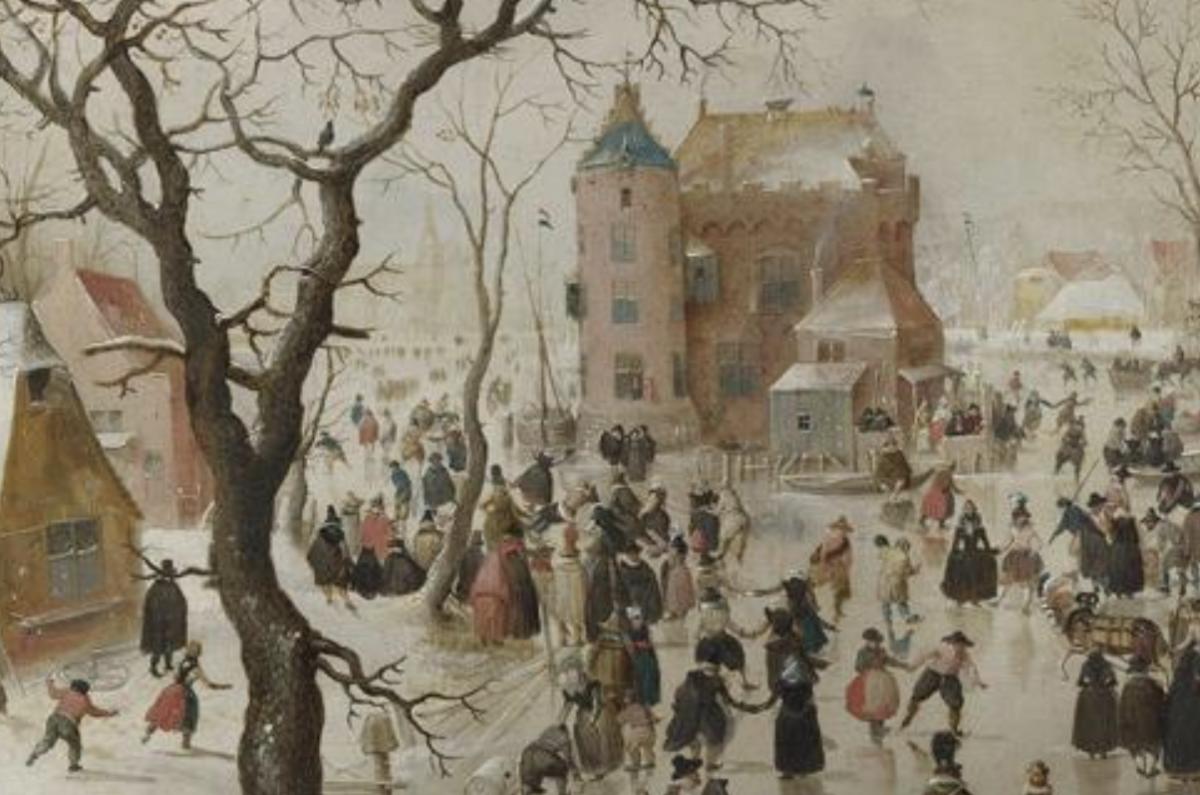


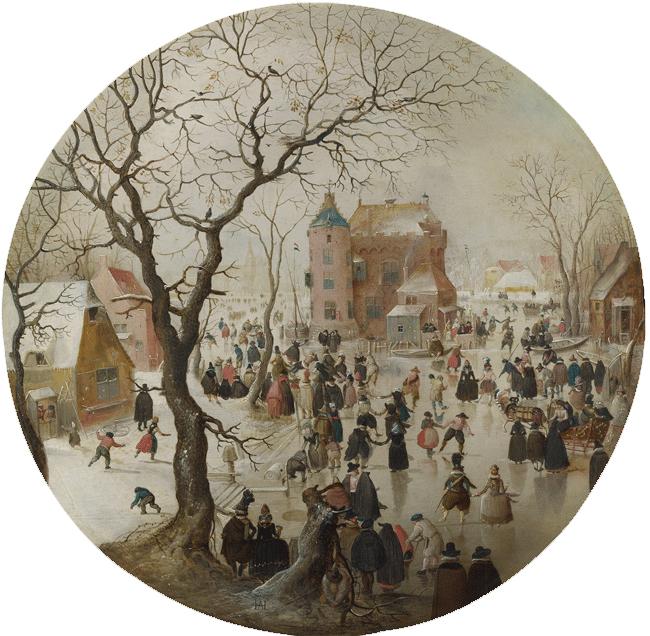
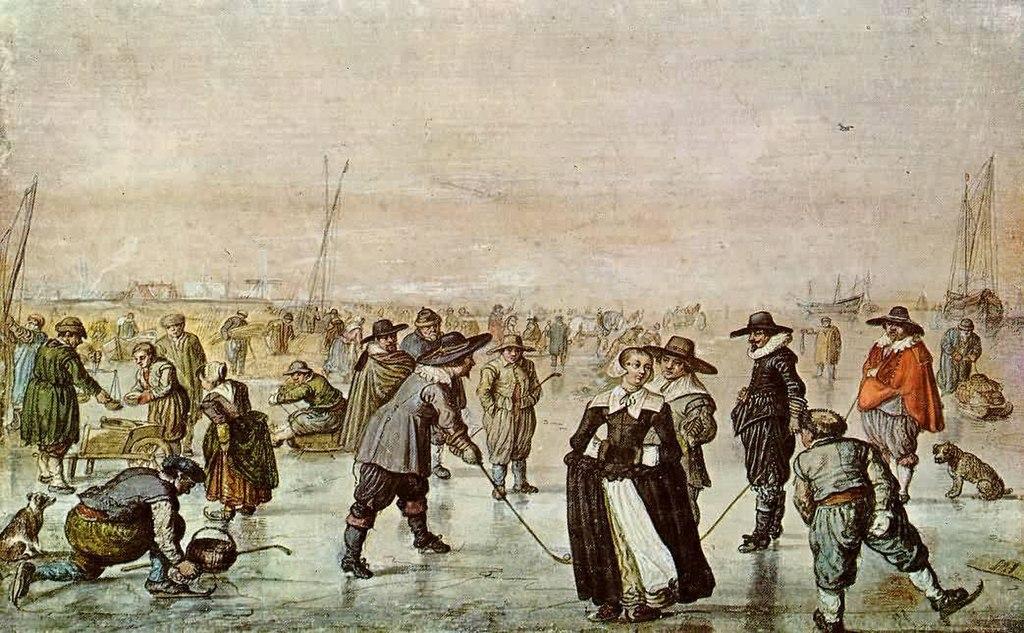
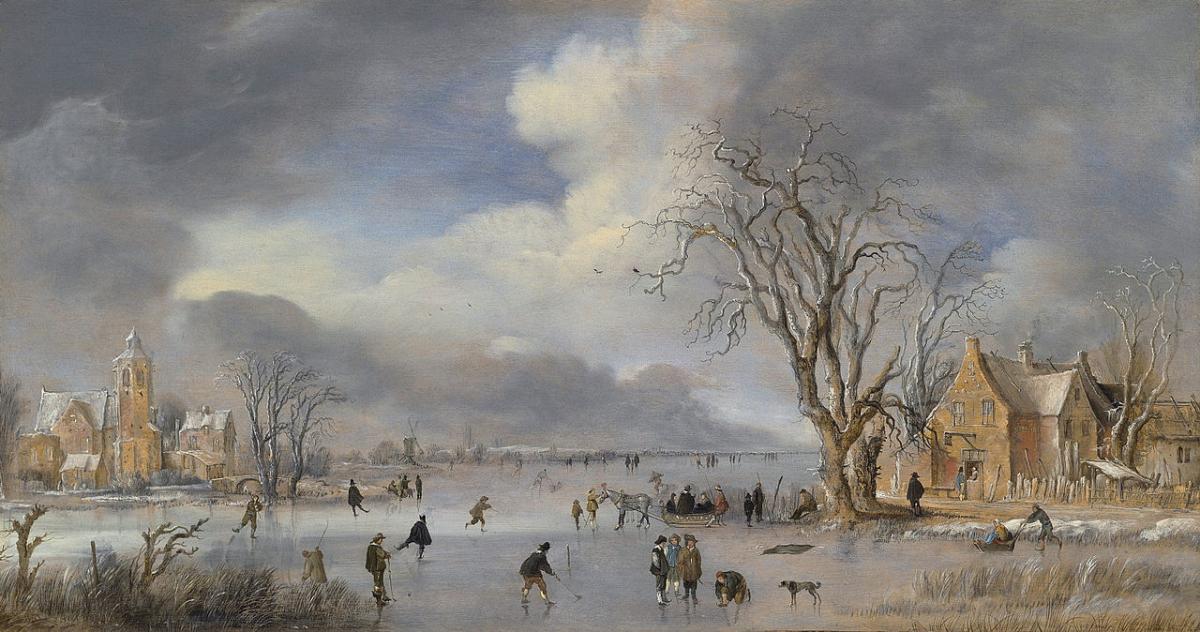
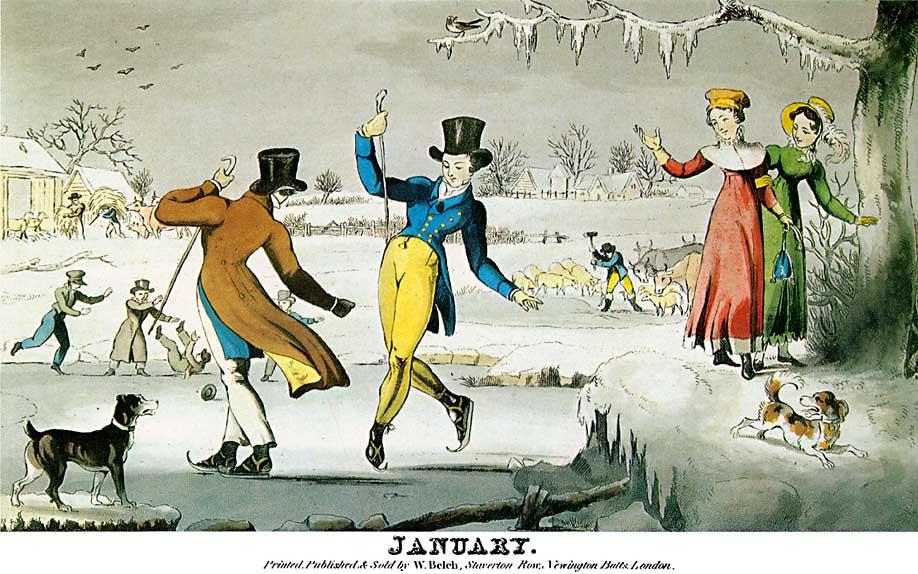

Louisa Zendt says
This is so wonderful. And it’s so great to read about SOMETHING ELSE! And yet, something so connected to this cold and wintry day. I grew up with reproductions of several of these Dutch artists in our home — the scenes are familiar and comforting, in showing both work and play on ice. And, I have always wondered why they all, regardless of their class, seem so underdressed for the icy weather? Is it that their undergarments were much more effective to shield them from the chill that we so bundle up against? Thank you Beverly for this wonderful art history lesson. You could study the details of each painting for hours!